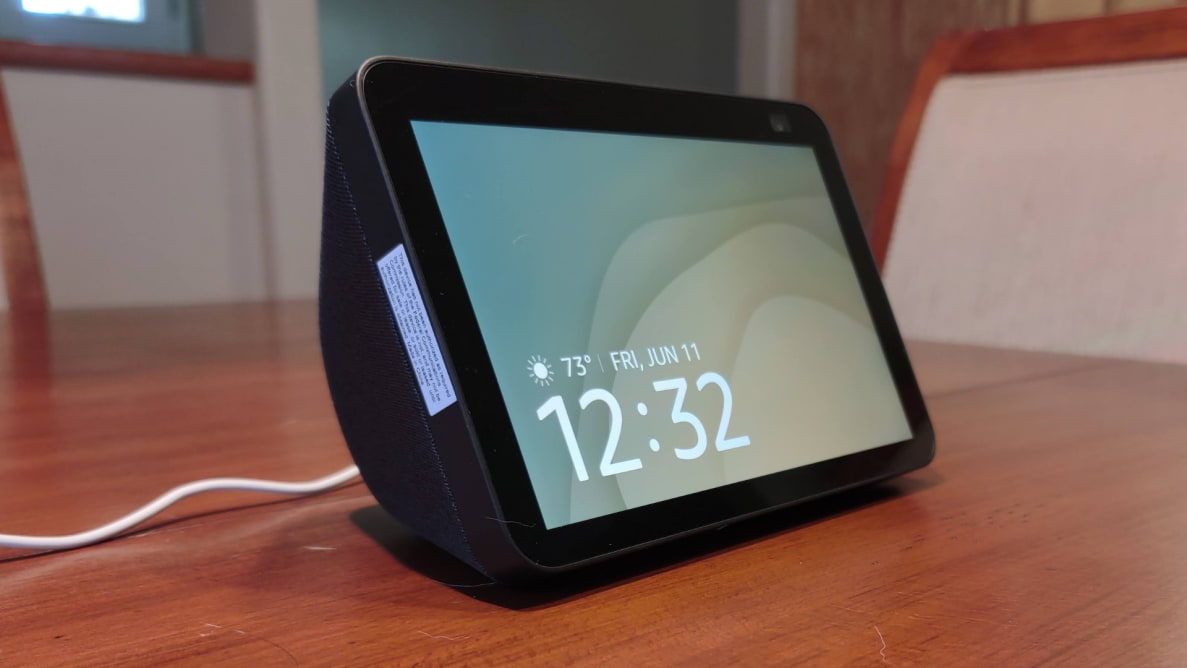
It is important to compare digital cameras with similar models in order to make informed purchases. This process takes around 4-6 weeks for an SLR, and requires 1000's of shots taken inside the lab and outdoors. During that time, we evaluate the camera on a variety of factors including its specifications, measured values and even less quantifiable things like handling.
The performance of a camera is based upon the quality of the sensor and lens, as well as its range of zoom and other special features. We also consider compactness, weight, picture quality, and reliability. This ensures that you are getting the right camera to suit your budget and requirements.
You want to get the best camera for your money. The best reviews of digital cameras will be clear and thorough. They will also take into account the specific needs of buyers and cover a variety of models to help you select the perfect camera.
The Best Digital camera Under 200
If you are looking for cameras under $200, limit your expectations. It's important to consider the type of photography you will use when buying a camera.

If you're a beginner, a camera that's easy to use is essential. If you're a more experienced photographer, it is worth investing in a camera with professional-level performance.
The best digital camera under 200 is likely to be a small compact that can be carried in your pocket, and offers decent image quality and other useful features. It should also have a style that appeals to you, such as a colorful body or some other interesting design feature.
A camera that can be used with your existing lenses and has a good autofocus feature is also a great option. RAW files can be captured by some cameras under $200, making them a good option for photographers that want to edit images later.
Another feature that you'll want to check for is battery life. This is important, especially if the camera will be used outside.
Ingress protection (IP) ratings are used to help consumers determine how well a camera is protected from dirt, moisture and tools. These numbers were derived from IEC-60529, International Protection Marking standards for electronics.

IP ratings for cameras are ranked from 0 to 6 and define the degree of protection against solid foreign objects. The first number indicates how well the camera protects against dust, and the second one is how well it can protect from liquids.
Most outdoor security cameras have ratings of IP66, IP67 or IP68. These ratings are determined by IEC 60529 and provide more information that vague marketing terms, such as "waterproof", or "weatherproof".
While a device with an IP rating of 1 to 4 would realistically work in most cases, you may be better off purchasing a camera that has an IP rating of 5 or above for outdoor use. The reason is that rain could try to block the view of the camera or cause its lenses to be blurred. An IP rating above 5 can better handle this.